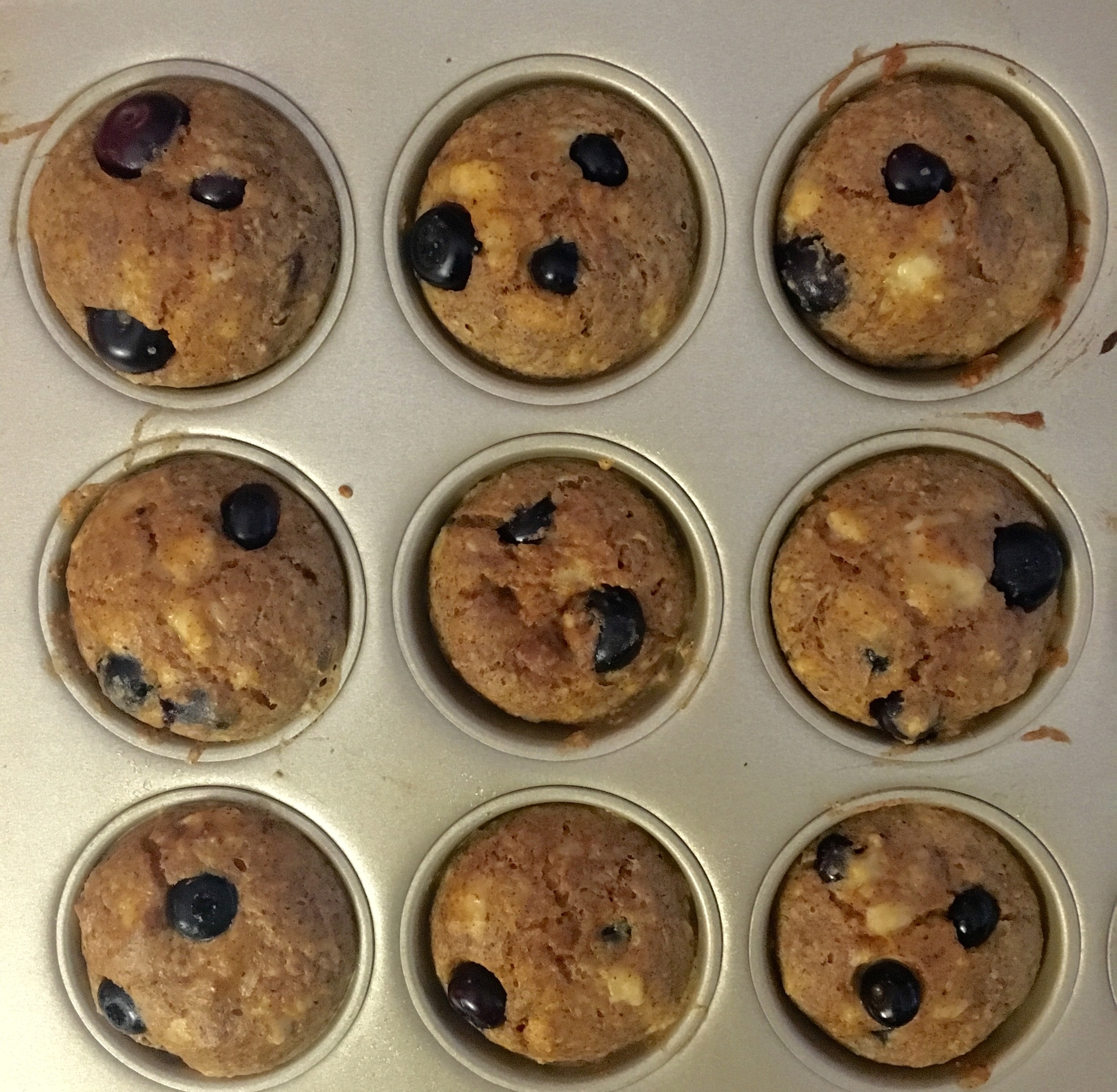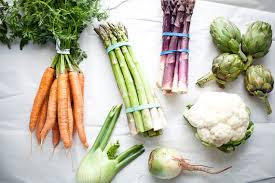Our brains, like any other organ in our bodies, require food for fuel and proper function. There are however, certain foods that are especially conducive to brain health and that may actually help prevent against age-related cognitive dysfunction. We sat down with renowned neuroscientist Dr. Howard Fillit, who is also a leader of the Alzheimer’s Drug Discovery Foundation, to gain some insight into the future health, nutrition, medicine, and brain function.
Many of our blog readers are in their 20's and 30's. Why should Alzheimer's disease be a concern for them?
HF: Once upon a time we used to think Alzheimer’s disease (AD) was a form of senility and that people who displayed symptoms were simply becoming senile in their old age. But what we’ve learned in studies over the last 10-15 years shows that AD can start early in life. The same way heart disease can develop early on and eventually result in a heart attack. Young people who are aware of a family history of heart disease may prevent the heart attack by maintaining a heart healthy diet - well, the same holds true for the brain. All of the measures you take to protect your heart you should also take to protect your brain (ie. obesity is a risk factor because it’s associated with inflammation). One of the most important things to note is that we build our brains early in life, which gives us cognitive reserve. This relates to how well we build our brains during critical years and in our 20’s and 30’s when we’re socially engaged.
Young people in their 20’s and 30’s should be concerned about AD for several reasons. 1) If they have a genetic predisposition to AD, as it affects 1 in 3 people age 80 and above. 2) AD is also a huge economic burden to society. Deaths from cancer and heart disease are actually declining, while AD-related deaths are growing. It is the most expensive disease, as it encompasses costs of long term care and reduced productivity at work. It’s costing about $250 billion per year and could ultimately bankrupt medicare if we don’t find a cure or means of prevention.
How does nutrition impact Alzheimer's disease?
HF: There are two basic ways. The first relates to obesity. Obesity, as previously mentioned, is associated with inflammation which causes cell damage and cell death. The second relates to vitamin deficiencies that are bad for your brain. For example, if you are vitamin D deficient, the vitamin D receptors in your brain are also void and as a result you could exhibit cognitive impairment. B vitamins are important too. For example, it is common for alcoholics to be thiamin deficient (vitamin B1). This results in more rapid rates of brain atrophy. Vitamin B12 is tested routinely as it could be a cause of pernicious anemia. DHA, coming from omega-3 fatty acids is critical for brain function. Omega-3 fatty acids and DHA make up the myelin sheath and neurons (the myelin sheath insulates neurons and is vital for neuronal communication).
Are there any foods that may put people at increased risk for developing Alzheimer's?
HF: There are certain diseases that increase the risk for cognitive decline, like diabetes, especially if it’s uncontrolled. It is therefore important to properly manage diabetes to protect both your brain and heart. AGEs, which stand for advanced glycation end-products, are bad for your brain and are associated with more amyloid deposition (AKA plaque formation associated with AD).
*note: AGEs are proteins in the body that become “glycated” or attached to sugars, which alter the structure and therefore function of proteins.
The Mediterranean diet is associated with a reduced risk of AD. This diet includes lots of vegetables, fruits, whole grains, nuts, fish, and olive oil.

































